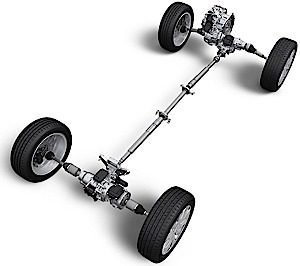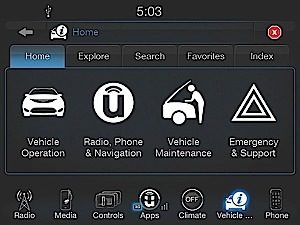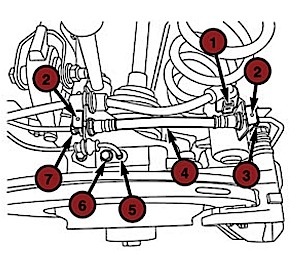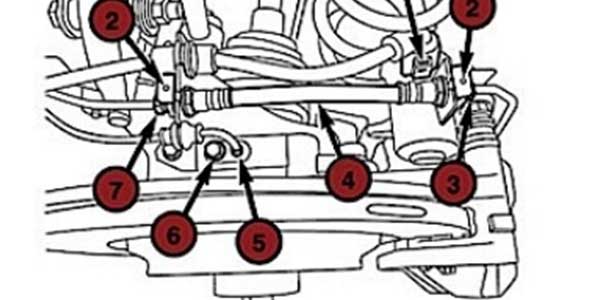The 2014 Jeep Cherokee (KL) was an entirely new platform for Jeep. The more fuel-efficient Jeep boasted a new drivetrain with locking differentials that not only improved off-road capabilities but better fuel economy. Another area of improvement was the brakes. The front brakes on the Cherokee are the run-of-the-mill dual piston floating caliper setup. SR/T models come with opposed piston Brembo calipers. In the rear is where things get interesting.

The KL platform has a sophisticated nine-speed transmission with a stop/start system. It also has an electronic parking brake. The rear brakes hold the Cherokee in place while it is stopped and the stop/start system is active. This avoids having to engage a parking pawl. The system uses both a stepper motor at the caliper and hydraulic pressure generated by the ABS HCU to compress the brake pads.
To remove and replace the rear brake pads or rotors, the electronic parking brake actuator must be retracted before removing the caliper assembly. This can be done using a scan tool that can put the system into Service Mode or by using the UConnect touchscreen to engage Service Mode. The Service Mode can be accessed through the service menu.

Chrysler advises the negative battery cable should be disconnected during service. If the electric park brake (EPB) switch is actuated with the caliper removed from the caliper bracket and still connected electrically, the EPB motor will fully extend causing damage to the caliper piston. Disconnect and isolate the negative battery cable before servicing any EPB component.

Disconnecting the caliper can cause codes due to the loss of bias voltage. The system will need to be calibrated after disconnecting a caliper.
Service Mode can be exited using a scan tool or the UConnect menu. In some cases depressing the brake pedal will deactivate the Service Mode.
To move the rear caliper, you will have to disconnect the bracket that hydraulic hose to the caliper and knuckle. When installing the new pads, make sure the small post on the lower backside of the inboard pad lines up with one of the slots on the piston.
Article courtesy Brake & Front End.














